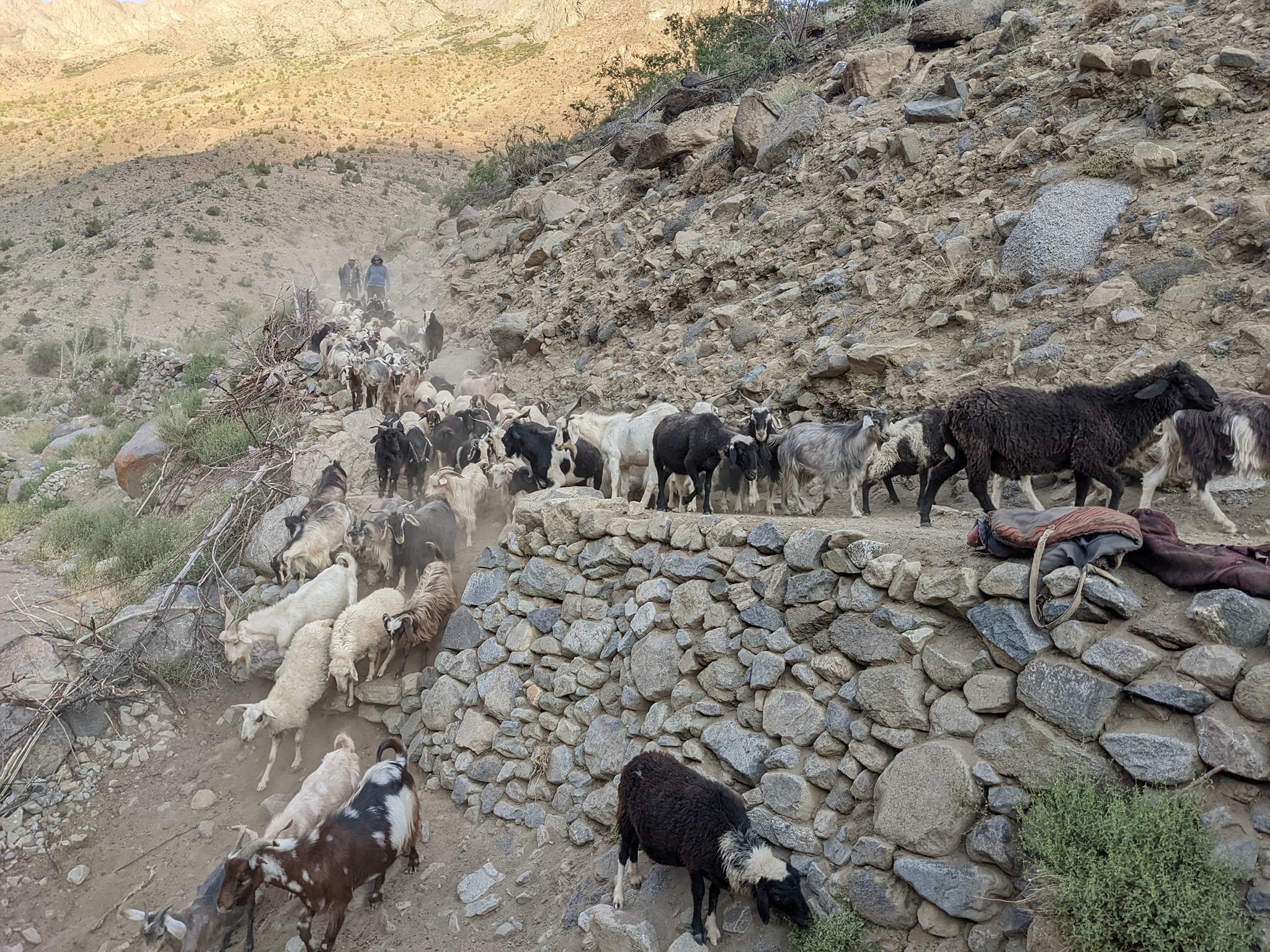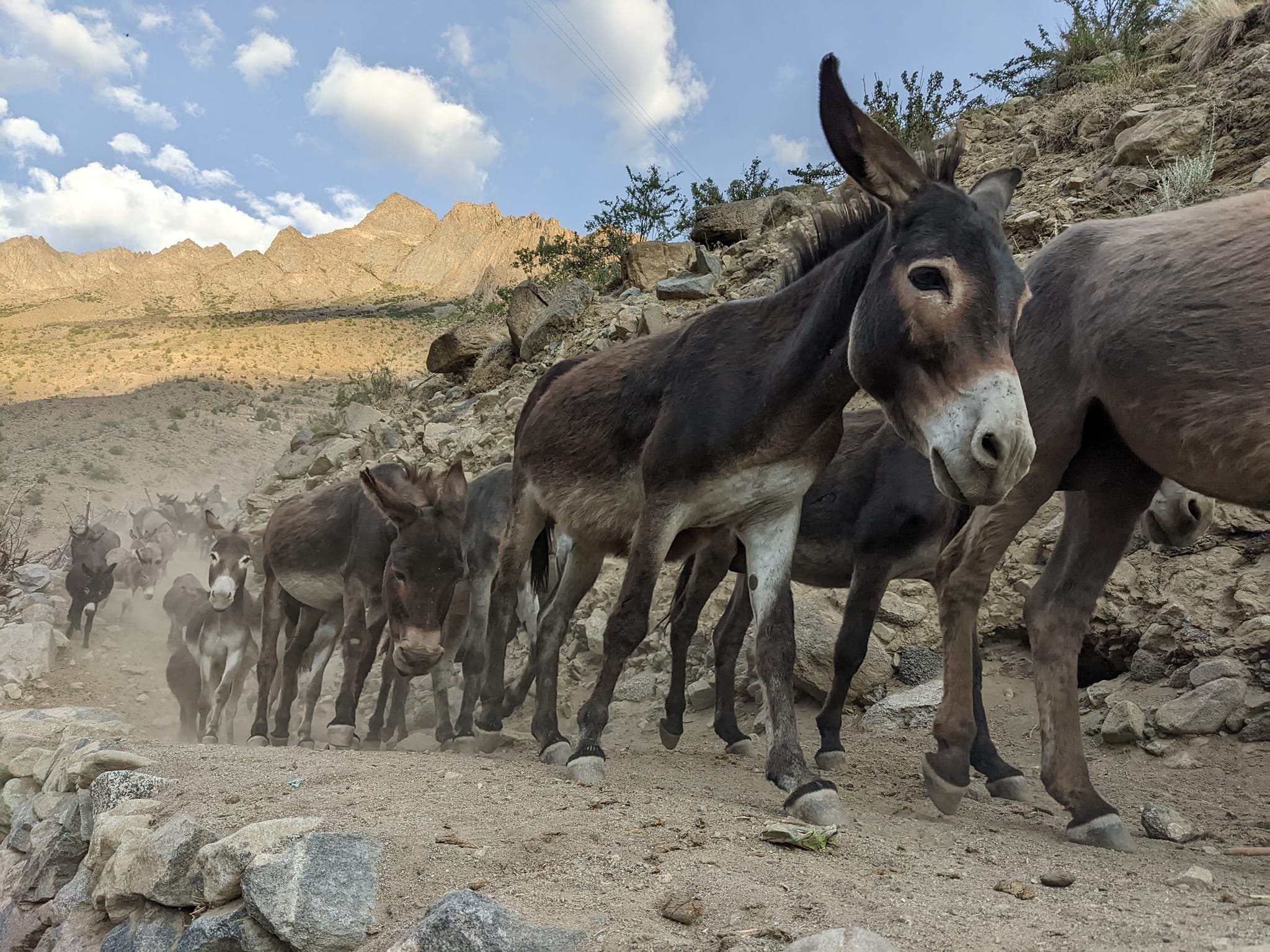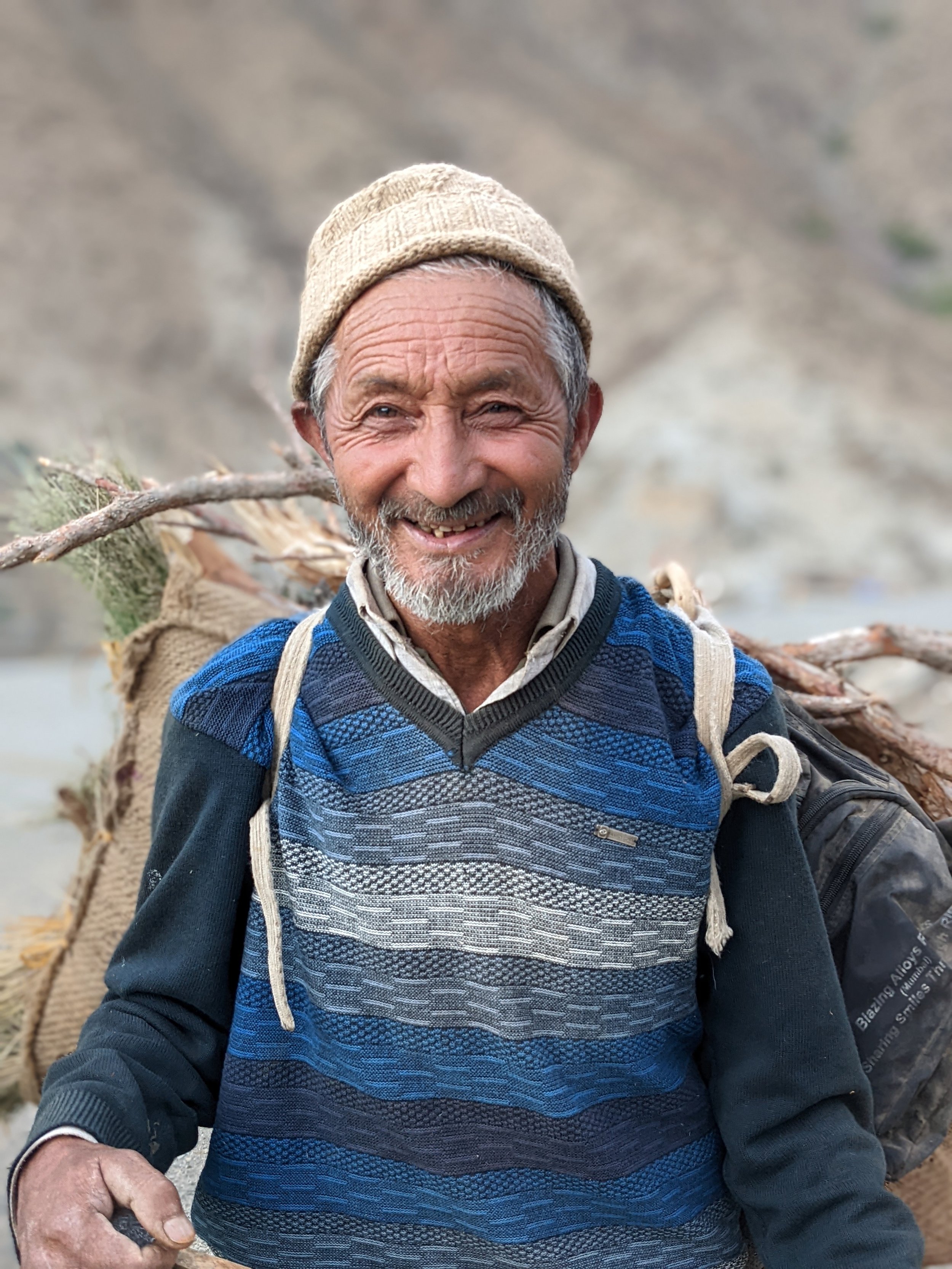
Unlock Hunderman village
By Jigmat Lundup, 2023
Hunderman Brok or village of about 30 houses situated around 11 km from Kargil. This village is said to be around 300 years old and it was, before 1971, a part of Pakistan. Hunderman Brok remained relatively isolated until 2014, when it was linked by a road. For the past few years, Hunderman Brok and the surrounding villages have known drought like situation. With the reduced snowfall, people could not grow anything and some of the apricot and other trees are drying up slowly. The villagers have access to a borewell water, which they use for drinking.
For their subsistence, most of the villagers from Hunderman are carrying army supplies to the border on donkey. They can earn around 650 rupees per trip to the post at the border. Some villagers also have other forms of employment or small businesses.
What makes this place of interest for tourists is its proximity to the border with Pakistan and one can see an abandoned settlement called Brolmo across the border through a telescope installed by a local restaurateur. There is also an abandoned hamlet in Hunderman which has a museum called “Unlock Hunderman Museum of Memories.” On display, there is a collection of artifacts from the people who used to live in the settlement. This village has suffered tremendously during the 1999 war and the disturbance continued until 2003. The damaging marks of the shelling/bomb are still visible on the houses and their pillars. During the war, the villagers were hiding inside some of the now abandoned houses of Hunderman, especially those that had rock roofs. This includes the one which has now become a museum. This part of the village was, in the past, a winter settlement. In summer, the villagers would stay at Hunderman “brok” (the pasture of Hunderman), which is where they are now throughout the year.
Overall, Hunderman has suffered a lot from wars, droughts, and then, like everywhere in India, from Covid. I was told that some villagers left Hunderman in search of better opportunities. The water shortages are persisting, and the place seems to lose most of its vegetation.






